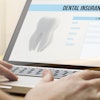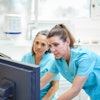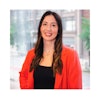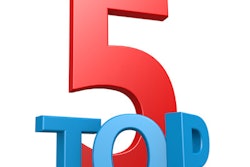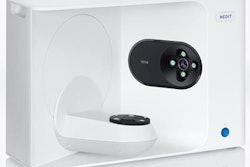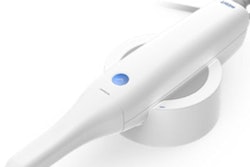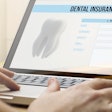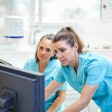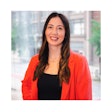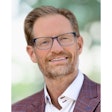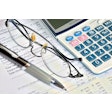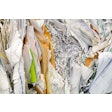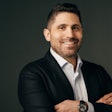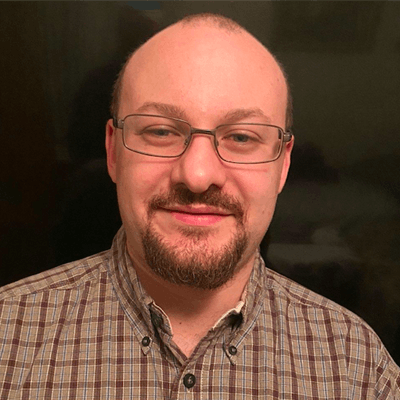
Imagine if this were the start to your day at the dental practice, every day. You walk into your office and turn to your smart switch instead of the traditional toggle switch. From that one switch, you disarm your alarm system, turn on the heater or air conditioning to preset temperatures, and also turn on the lights, compressors, and hardware.
Walking to the front desk, you turn on your patient check-in computer, as well as all the other computers in the office. The computers, however, are small enough to fit in the palm of your hand. Today, the monitors are far larger than the computers. By this point in time, a proprietary operating system such as Windows will have become irrelevant, and your computers will most likely be running Android or some other Linux since everything is based in the cloud.
The staff sits down to prepare for the day. The entire phone system is now a complete web-based Voice over Internet Protocol (VoIP) system so you see more people able to use smartphones to operate the office phones. By the way, the phones for the office have been charging overnight in a case that uses ultraviolet C (UVC) rays to disinfect them.
The first patient comes in for the day. He or she goes to the check-in computer and signs in (with everything done electronically) as the patient management software automatically pulls up his or her history and all accompanying information.
You bring the patient back to the operatory. There are no TV screens on the walls, and no speakers either. They have been replaced with an immersive holographic augmented virtual reality smart glasses headset system for the patient to be able to use and a personal screen with a switch the dentist can use to still directly interface with the patient when needed.
Perhaps the patient needs some treatment done and requires an impression. There are no impression trays. You simply pull out an intraoral scanner to take a 3D impression of the patient's mouth in stereolithography (.STL) or 3D Manufacturing Format (.3MF) file format or cone-beam CT (CBCT) in a football helmet-like apparatus outputting DICOM (.DCM) files.
As the dentist is scanning, he or she is not looking at a laptop screen but rather through augmented reality (AR) smart glasses that enable viewing the world as normal. But, the glasses also show a 3D projection, which the dentist is able to manipulate.
The dentist reaches out into air, manipulating the 3D models only he or she can see through these AR smart glasses. The 3D intraoral scanner is so precise that the dentist can diagnose surface issues and cracks the naked eye can't even reveal. If the dentist sees issues that require lab work, the dentist can have a mini in-office lab in the back to 3D print (additive) or mill (subtractive) any materials that might be needed or send off a request to an offsite lab to do the work. The dentist will not have to send physical models of impressions to a lab, but rather will drop them in a HIPAA-compliant file storage network that allows the lab and the dentist to securely and instantly share files back and forth.
Once the dental technician receives the file, most of the work can potentially be done without printing any physical materials until the end product needs to be made. If materials are required to be made, they can be 3D printed out of ceramic, porcelain, carbon fiber, fiberglass, Kevlar, or other materials.
Imagine being able to cut down on time and money making physical materials for mocking up models for dental work. These can all be virtualized, and you can have results much more expeditiously.
Some dentists may even opt for a chairside computer-aided design (CAD) system with virtual articulation and jaw movement recording, so they can get the 3D models needed right at chairside and potentially be able to run their own miniature lab in the back of the office. Dentists one day may become vertically integrated to service the mouth and also design and manufacture the hardware for the services rendered.
What do you think of the dental practice that could come to life in this decade?
Alon Ganon is a futurist known for IT consulting, open source/hardware, journalism, nonprofit work, and 3D printing working to make the world a better place.
The comments and observations expressed herein do not necessarily reflect the opinions of DrBicuspid.com, nor should they be construed as an endorsement or admonishment of any particular idea, vendor, or organization.
